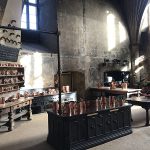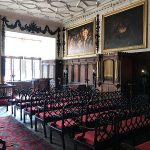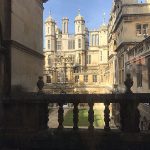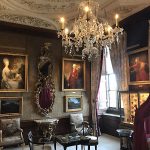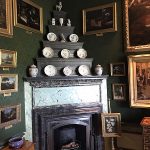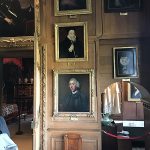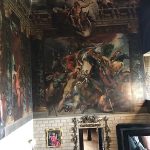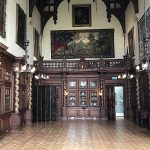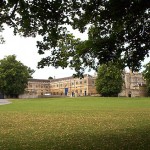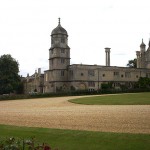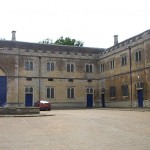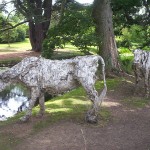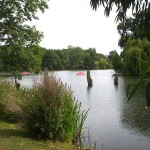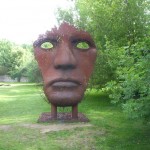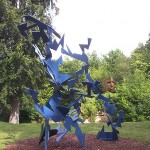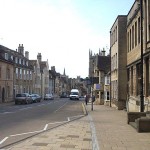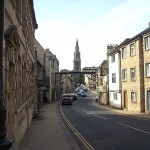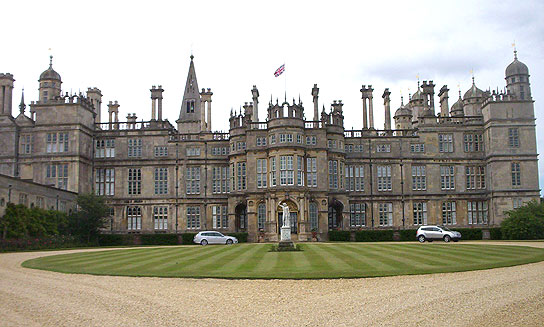 Regarded by many as the finest Elizabethan House in England, Burghley House was built in the 16th Century by William Cecil, the first Lord Burghley, Queen Elizabeth’s Lord High Treasurer. This was one of the Elizabethan “prodigy houses”. The main part of the House has 35 major rooms on the ground and first floors. There are more than 80 lesser rooms and numerous halls, corridors, bathrooms and service areas. The lead roof extends to three quarters of an acre. The historic parkland was laid out by Capability Brown. Now there are some modern visitor attractions in the grounds, including the Gardens of Surprise.
Regarded by many as the finest Elizabethan House in England, Burghley House was built in the 16th Century by William Cecil, the first Lord Burghley, Queen Elizabeth’s Lord High Treasurer. This was one of the Elizabethan “prodigy houses”. The main part of the House has 35 major rooms on the ground and first floors. There are more than 80 lesser rooms and numerous halls, corridors, bathrooms and service areas. The lead roof extends to three quarters of an acre. The historic parkland was laid out by Capability Brown. Now there are some modern visitor attractions in the grounds, including the Gardens of Surprise.
When one arrives in the car park, through the trees one has a quite impressive view of the house. However this is just the stables and the side of the service wing! The house itself as befits one of the Elizabethan “prodigy houses” is very big, on 4 floors, with scores of windows, turrets, chimneys, spires etc. It’s very impressive. Inside there is lots to see, with approx 18 principal rooms on the first floor all equipped with paintings, furniture and a cornucopia of treasures. There are also exhibitions of treasures by the ticket office which are worth a look.
Outside there is a park, and gardens. The “Gardens of Surprise” has quirky water fountains and other features (great for children). I particularly liked the Fire/Air/Water/Earth sculptures where one presses a button and they change shape or (for Fire) emit smoke. Next to that is the Sculpture garden – a large wooded area with exhibits of modern sculpture dispersed through it. The lake had orange things floating in it which I’m almost sure were sculptures. For refreshments, the Orangery restaurant looked expensive but the garden cafe is cheaper.
There is much to see and do at Burghley, so that one could make it an all-day visit.
Access to the house is via the main street of the old town of Stamford, where the Classical and Georgian townscape has survived almost unscathed. (Visited 17/07/11)
